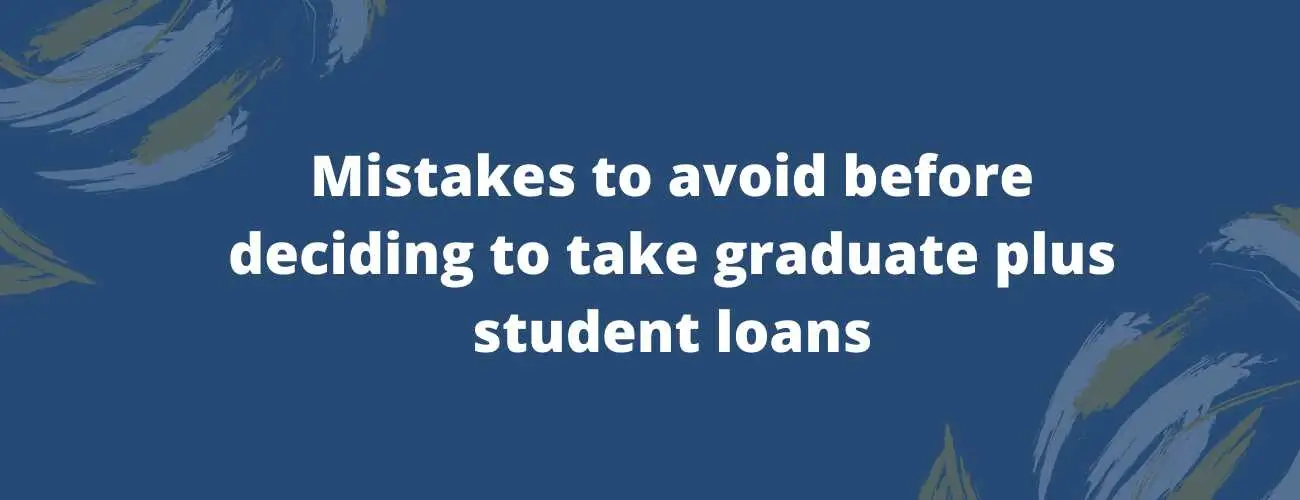Direct Consolidation Loan [All You Need To Know]
A Direct Consolidation Loan allows you to consolidate (combine) multiple federal education loans into one loan. Learn more about what is direct consolidation of loans, how to consolidate federal student loans and much more.
Updated by Priya Shah on 9th September 2020
Best Federal student loans are a great way to tackle the costs and expenses which go towards getting your degree. The types of federal student loans are direct, plus and consolidation loans.
Once you exhaust yourself of available federal student loan options it is advised to start exploring your Private Student Loans
Here is a deep dive on what consolidation is and how you can use it to your advantage.
Table of contents
- What is the direct consolidation of loans?
- How to consolidate federal student loans?
- Pros and Cons of Consolidation
- Consolidation vs refinancing
What is the direct consolidation of loans?
Consolidation of loan is nothing but merging all the loans that you have in order to make it more manageable, to pay it back. Student loan consolidation allows you to make one payment every month merging all the loans and also reduces the burden, with a fixed rate interest rate based on the weighted average rate of the loan being consolidated. Direct loan consolidation is the best way of making the student loan more manageable when you have multiple repayment plans and payments to meet.
Often we have two types of consolidation of loan referred to as refinancing. They are completely different, let’s take a glance look how is it?
Consolidation of federal student loan
Firstly let’s know what is federal loan consolidation, they basically don’t have credit requirements as well it offers the several benefits of a single loan bill that is a combination of all the loans and making it one, which potentially lowers the monthly payments.
In order to be eligible, it is important to consolidate your loan to avail of the benefits and be eligible for income-driven repayments or public service loan forgiveness.consolidation of federal student loan leads to a new fixed interest rate that is a weighted average of your previous rates, and new long term ranging from 10 to 30 years.
How to consolidate federal student loans?
Consolidation of the loan has some steps starting from:
Log in to studentloans.gov and click on “complete consolidation loan application and promissory note”. Complete filling the application and gather the documents listed in the “ what do I need?” section that may approx take 30 min to fill it out.
1) Enter As per your loan which you want to or don’t want to consolidate.
2) Choose your repayment plan based on your loan balance.if you’re filling any benefit form you can request that particular form next.
3) Read the terms and conditions properly before you submit the form online. After the usual payment of the loan, the servicer will confirm the consolidation of your loan is complete.
In order to consolidate your student loans it is advised to to have an indept understanding on how to use studentloans gov.
Consolidation of private student loan
Private student loan consolidation basically means combining two loans with a new loan with affordable terms and conditions and the new rate of interest. That will definitely save some amount of income by lowering the interest rates. But the consolidation of private student loans is very much proportional to the individual credit score, income, job history, including the educational background. Moreover, you need a good credit score at least in the high 600s to qualify and rate in the range of 2% to more than 9%.
The private student loan may not have that many benefits compared to federal student loan but it offers the option of consolidation of loan which can be done for both private and federal student loans. Refinancing can only be considered if:
-
If onetime student loan payment has been done after graduation.
-
Must have a good credit score, generally defined as 690 or above 690.
-
Must have a stable job.
-
If you are not eligible for the loan access to a trusted cosigner.
Therefore we have pros as well as cons for the direct consolidation of loan
Pros factor
1) The combination of all the loans turns into one consolidate terms and conditions, servicer and payment.
2) It lowers the monthly payments.
3) More chances of a repayment plan,
4) Flexible option of repayment.
5) No extra charges.
Cons factor
1) Possibility of paying more interest as long as loan exists.
2) May lose many benefits that are in federal student loans.
3) The consolidated may be comparatively higher than expected.
4) May lose credit for the benefits like public service student loan forgiveness or income-driven repayment plan forgiveness.
Worried about your college tuition? Find the best student loan for you
Advantages and disadvantages of direct consolidation
The Pros and cons of Direct loan consolidation are as below:
Pros
-
No ambiguity in payments, as there are single servicer and payment at a time.
-
No consolidation fee is charged.
-
Low monthly payments are to be paid.
-
Better repayment options available.
-
If loans are consolidated to federal loans, you can be eligible for public service loan forgiveness.
Cons
-
While multiple loans are consolidated to a single loan, chances are you paying more interest over the time of the loan.
-
In some cases, consolidated interest rates can be higher than the underlying loans.
-
Certain federal student loan benefits and relief may be lost while consolidating.
-
Military benefits are not application once you begin duty after consolidation.
Consolidation vs refinancing
Consolidation: It appropriately combines multiple federal loans into one consolidated loan. As per student loan consolidation, we can combine only federal student loans. We mostly cannot lower our interest rates. As well as we cant save more money but consolidation may lower your monthly payments by extending the loan term, but that will increase the interest amount. We can access federal loan protections, repayment options, and forgiveness programs.
The best part is consolidation can help those students that are currently defaulted, which will hamper the credit score.
Refinancing: Refinancing of your student loans combines private and federal loans both into one private loan. And it definitely lowers the interest rate and saves money as well. Refinancing can access federal loan protections, repayment options, and forgiveness programs. Sometimes refinancing can result in the loss of any kind of benefits for federal student loans.
| Minumum Credit Score | Apply in as little as | Variable APR | Fixed APR | ||
|---|---|---|---|---|---|
 | Not Available | 15 minutes or less | 2.95 | 4.74 | View disclosures |
 | 620 | 2 minutes | 5.38%-16.99%1 | 4.43%-16.99%1 | View disclosures |
 | Not Available | 15 minutes | 1.13% - 11.23%¹ (with autopay) | 3.50% - 12.60%¹ (with autopay) | View disclosures |

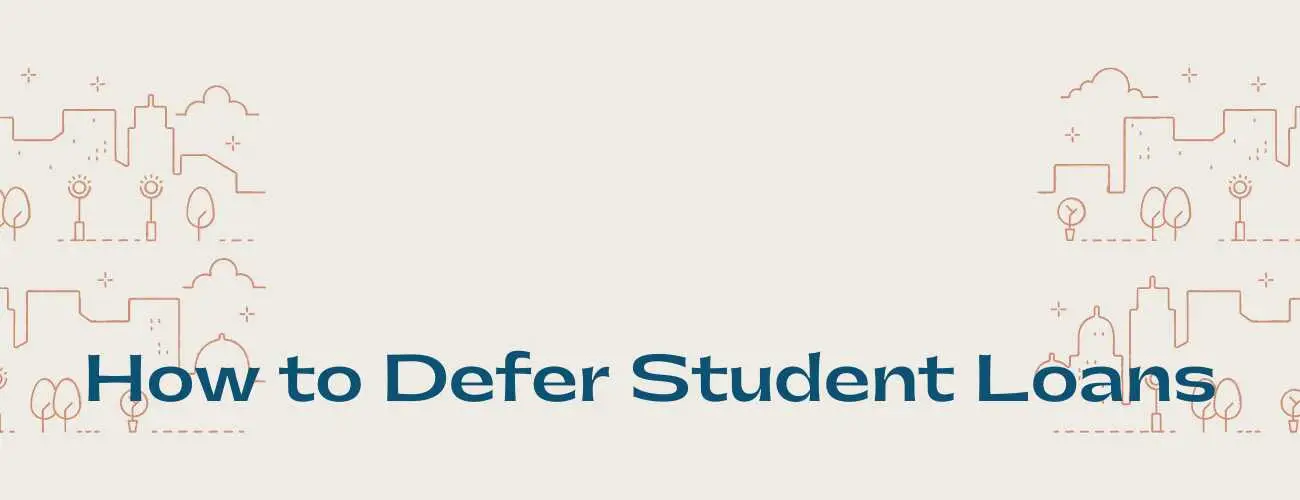
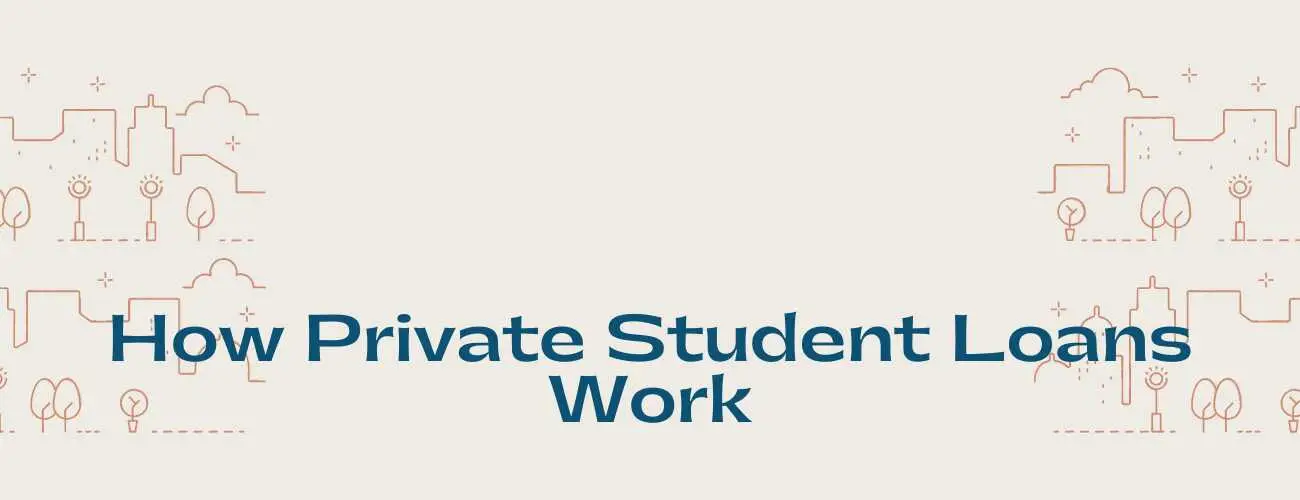
93.jpg)
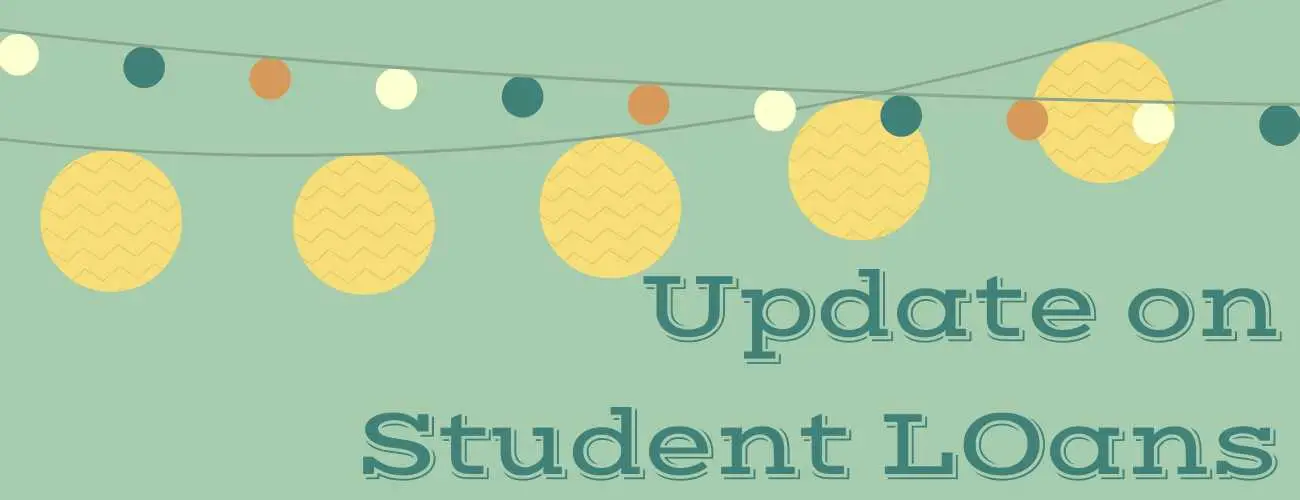
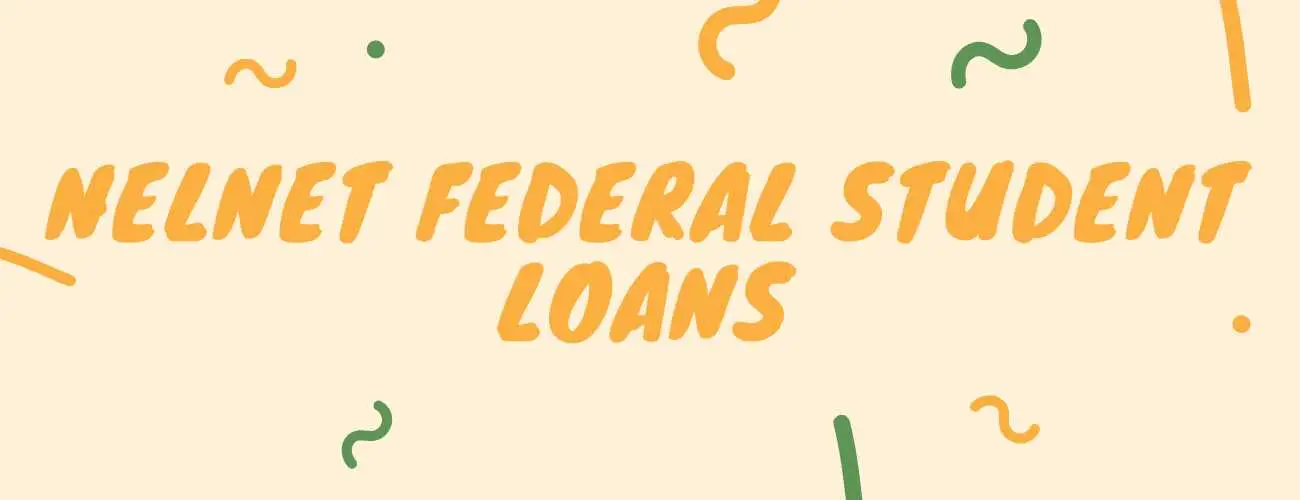
28.jpg)
